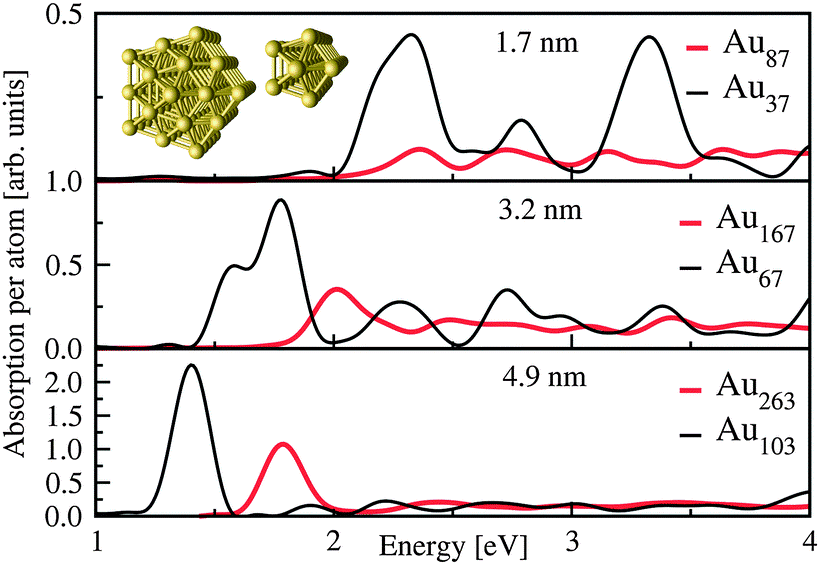Theory & Simulation
SGSEP Structural and ground-state electronic properties
This technique offers the possibility of simulating structural and electronic properties based on the electronic ground state, including electronic charge analysis, energetics of formation, structural and vibrational properties; IR, Raman, EPR, NMR, core-level XAS & XPS, STM & AFM.
MP Magnetic properties
This techniques offers the possibility of modeling: (a) ground-state properties of magnetic systems; (b) Spin-orbit related properties (topological and Chern insulators, Rashba and Dresselhaus effect, ...); (c) Magneto-chiral spectra (magneto-chiral dichroism).
ESP Excited-state properties
This techniques offers the possibility of modeling excited state properties in static conditions (performing neutral and charged electronic excitations), as well as out-of-equilibrium / dynamical properties, making contact with both time- and space-resolved experiments.
MMMEI Multiscale modeling of materials under extreme irradiation
This techniques offers a multi-scale theoretical framework that allows for the estimation of structural and phase changes when materials are exposed to extreme irradiation conditions generated by various types of electromagnetic sources (e.g. synchrotron sources, pulsed and free-electron lasers).
AMM Atoms and molecules in motion
This technique offers the possibility of performing molecular dynamics at finite temperature via DFT calculations as well as empirical potentials, modeling temperature activated processes (NEB and metadynamics), simulating complex environments via QM/MM and implicit solvation models.
TP Transport properties
This technique offers the possibility of modeling electronic quantum charge transport (Green’s function Landauer formalism), spin-dependent conductivities for spintronics applications, as well as thermal transport (Seebeck coefficients, semiclassical Boltzmann transport equation, ...).







